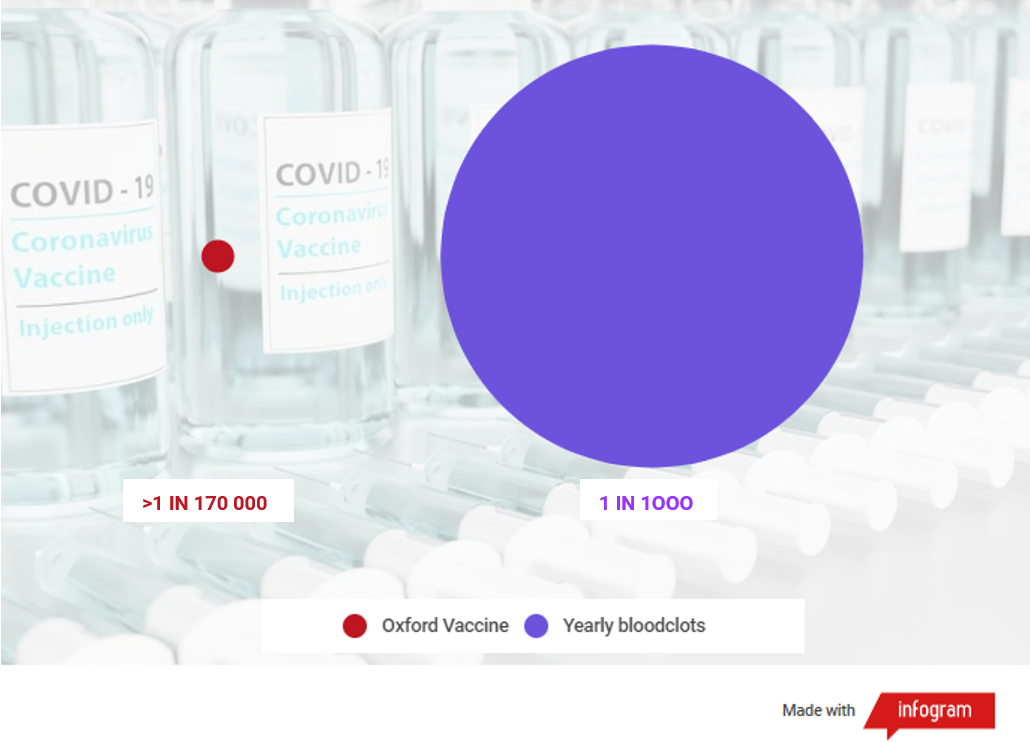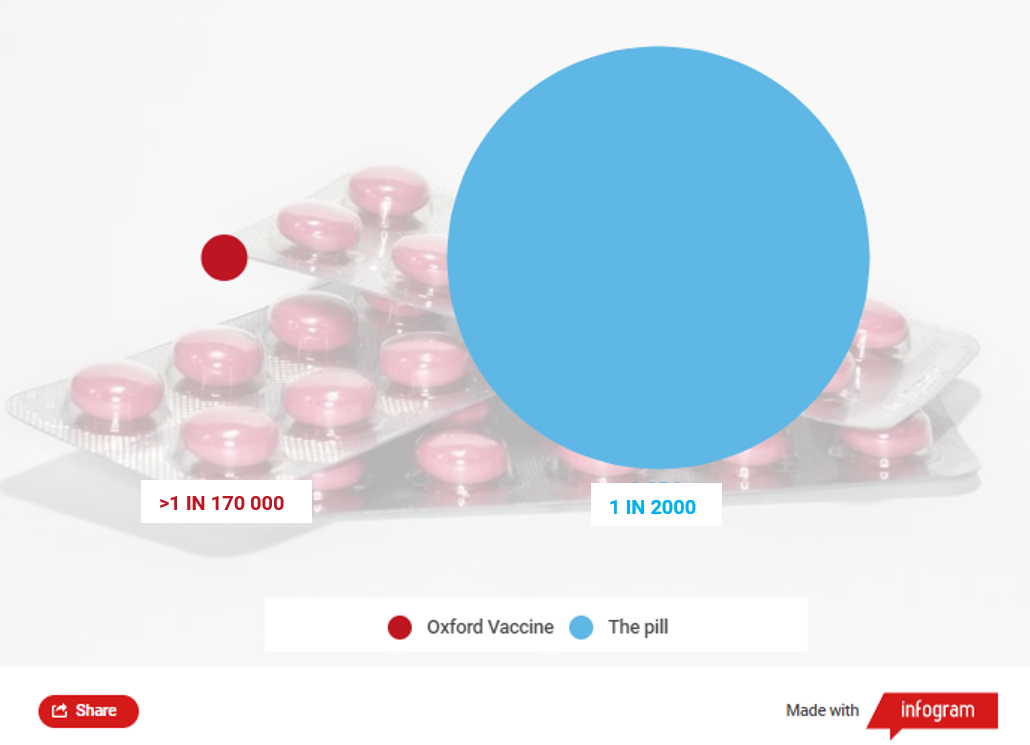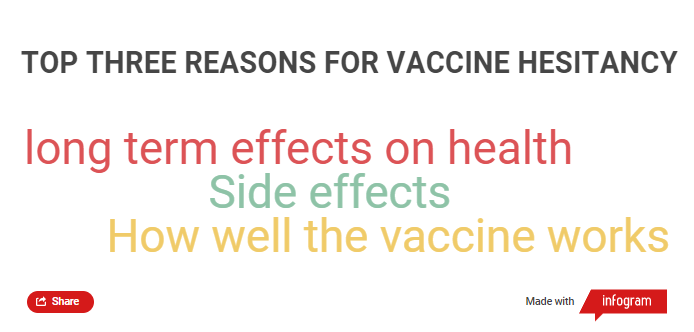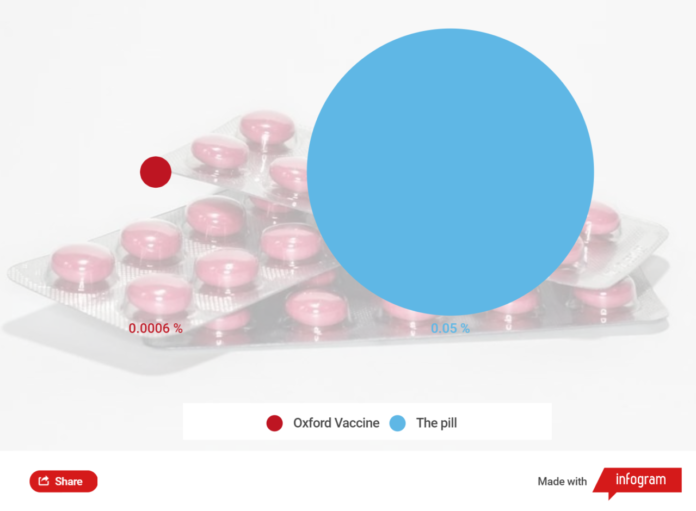Rising East has already reported that resistance to taking the vaccine in East London is significant. This will not have been helped by recent fears that the AstaZeneca (Oxford) vaccine might cause blood clots.
At the start of last week it was reported that over ten European nations had halted the jab – despite the World Health Organisation and European Medicines Agency stating that there was no evidence that the vaccines were the cause of the blood clots.
By the end of the week Germany, France, Italy and Spain said they would resume using the jab. But with the other countries still holding out, how concerned should you be?
Based on the stats so far, around one in 170,000 people who have had the Oxford jab have develped blood clots – though no link between the two has been proven. That compares with a one in 2000 chance of a healthy adolescent getting a blood clot if they take oral contraceptives. Also, on average the chance of getting a blood clot anyway – without taking either contraceprives or the jab – in any given year is one in 1000.
The graphics below will make the point more clearly
Below: Those who’ve had the Oxford jab who have also had blood clots, compared with the average chance of getting a blood clot in any one year

Below: The same Oxford jab statistic compared with the chance of a healthy adolescent getting a blood clot after taking oral contraceptives

Below: Using recent figures we compare the vaccine roll out across five of the top performing nations.

Below: This table shows the efficacy of the various vaccines on the market, how much they cost and how they can be stored

After initial resistance to the vaccine, now nine out of ten UK adults are wiling to have the jab. The top three reasons for not wanting to take it are below:


